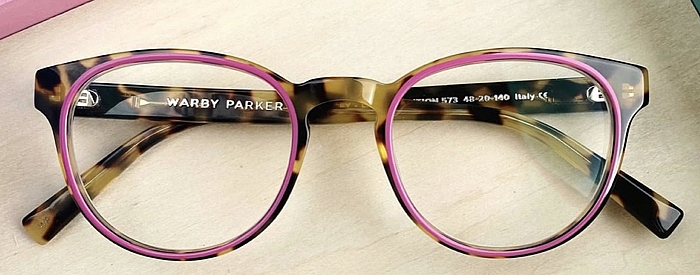How Dollar Shave Club and the Rise of DTC Brands Have Changed the Way Consumers Buy Basics
The founders of Dollar Shave Club, Warby Parker and other billion-dollar companies exploited giant rivals' weaknesses -- and really listened to their customers.
The direct-to-consumer brand revolution is one of the most dominant forces in the retailing business today. It began with a handful of start-ups, then grew to dozens, then hundreds — from mattresses (Casper) to bras (ThirdLove) to electric toothbrushes (Quip) to vitamins (Ritual) to tampons (Lola) to luggage (Away) to sneakers (Allbirds) to makeup (Glossier) to hair color (eSalon) to pet food (Farmer’s Dog) — and even thousands, counting the brands filling the endless digital aisles and shelves of Amazon Marketplace.
Between 2013 and 2017, some $17 billion in sales shifted from big consumer brands to small brands — and that was before many of the latest start-ups began getting traction. This trend is likely to strengthen in the coming years, thanks in large part to the continued growth of sales on Amazon. In 2018, small- and medium-size companies sold $160 billion in goods on Amazon, up from just $100 million in 1999, a 1,600-fold increase. While some of those companies are reselling products made by others, many of them, including Amazon itself, are creating their own new brands.
This development hasn’t gone unnoticed by Neil Blumenthal, a founder of Warby Parker. “It’s never been cheaper to start a business, although I think it’s never been harder to scale a business,” he says. Warby Parker is the most prominent new eyewear brand, but its market share is still less than 5 percent. And in the years since it sold its first pair of eyeglasses, in 2010, other start-ups have launched well over a dozen new online eyeglass brands.
Many of the newcomers are copycats with essentially the same business model as Warby Parker, but others are niche players, such as Lensabl, which will make prescription lenses for your frames so you don’t have to buy new ones — “Our Lenses, Your Specs” — or Pixel, which sells eyeglasses with a pigment in the lenses, so they filter out “blue light” from computer screens, which can cause eye strain; or Topology, which makes frames custom-fitted to your face using an iPhone’s 3-D scan technology.
How many of these start-ups will succeed? To some, the constant influx of new entrants offering eyeglasses and other products underscores that the direct-to-consumer frenzy has elements of a bubble — much like the dot-com boom of the 1990s, with venture capital firms financing rival brands that are chasing the same customers. But while not all will survive, it’s possible that many will.
The good news for brands, new and old, is that the market for consumer products isn’t just tens of billions or even hundreds of billions of dollars a year, but several trillion dollars a year in the United States alone. That leaves plenty of room for start-ups, with the most successful ones joining the billion dollar brand club.
Read more at nytimes.com...
[via The New York Times]